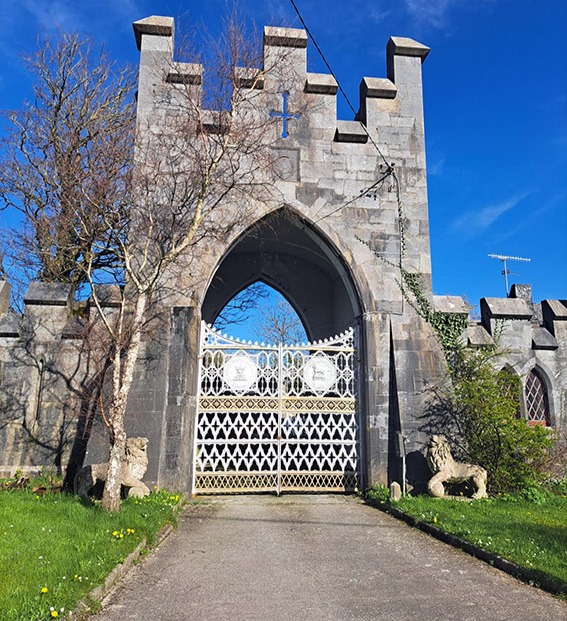2024:551 - Ardfert, Kerry
County: Kerry
Site name: Ardfert
Sites and Monuments Record No.: N/A
Licence number: 24E0036
Author: Ewelina Rondelez
Author/Organisation Address: Rubicon Heritage, The Glen Distillery Business Park, Old Whitechurch Road, Kilnap, Cork
Site type: Archaeological monitoring - no archaeology found
Period/Dating: N/A
ITM: E 478636m, N 620973m
Latitude, Longitude (decimal degrees): 52.326942, -9.780535
An archaeological monitoring programme was undertaken to facilitate the installation of new watermains, domestic and/or commercial property connections, and the installation/replacement of hydrants and valves in the town of Ardfert, Co. Kerry. Within the historic town, trenching and pipelaying were largely contained within imported infill materials which underlay the road surface, with natural subsoil and bedrock only occasionally encountered, typically at a depth greater than 1.15 m. Much of the pipelaying was within the previously excavated trench for the existing water main. No remains of archaeological significance were encountered during the course of monitoring.

